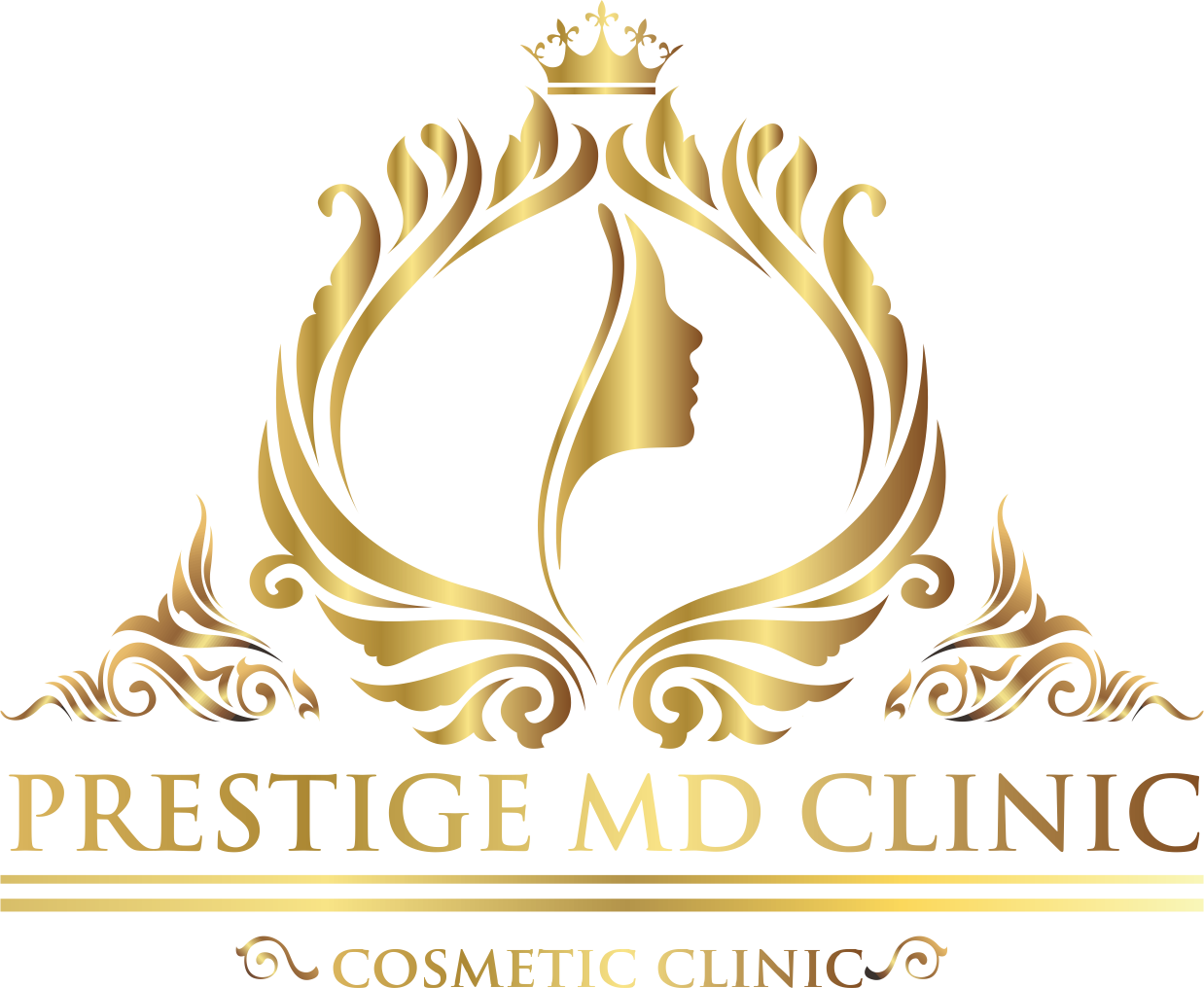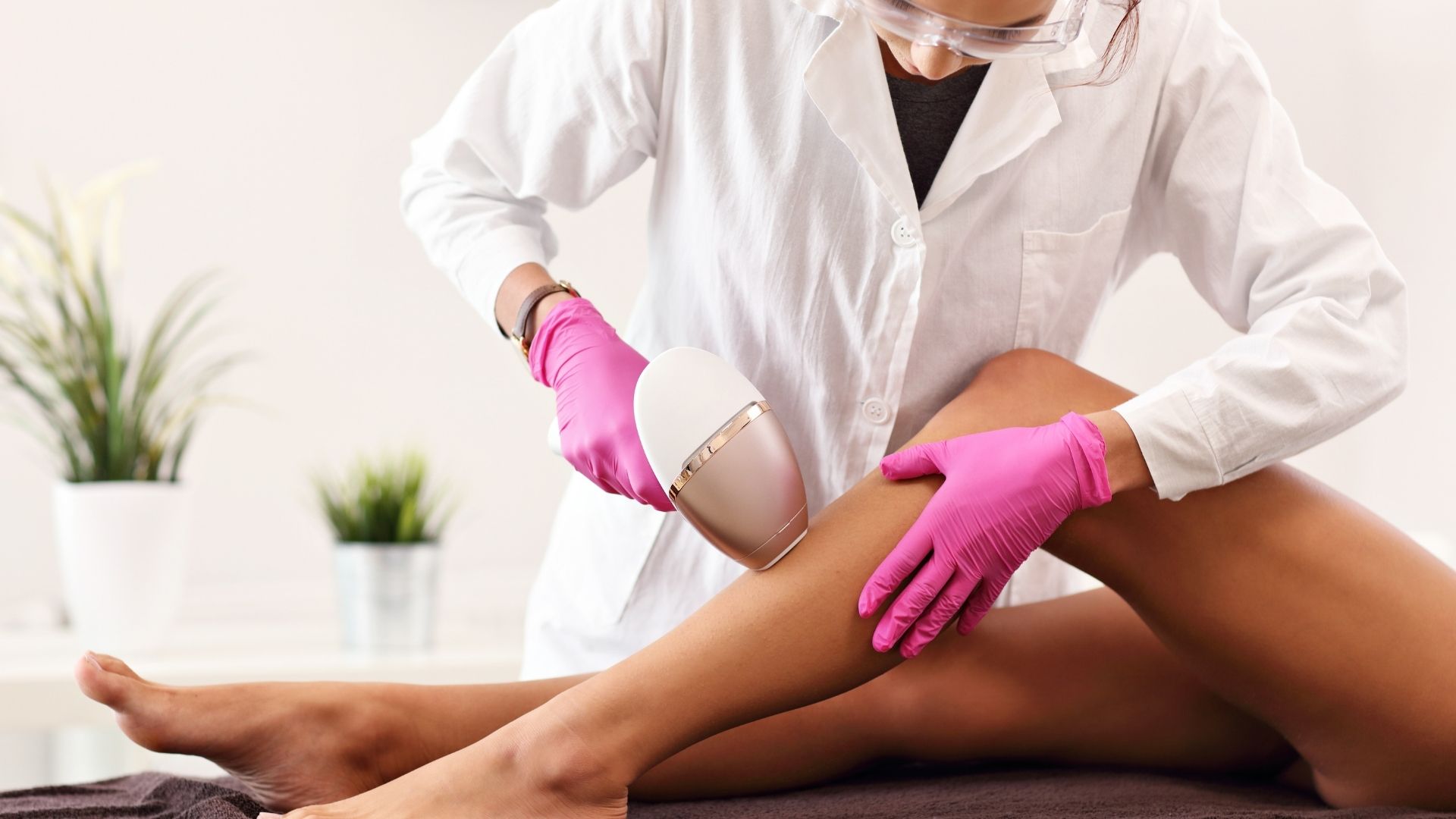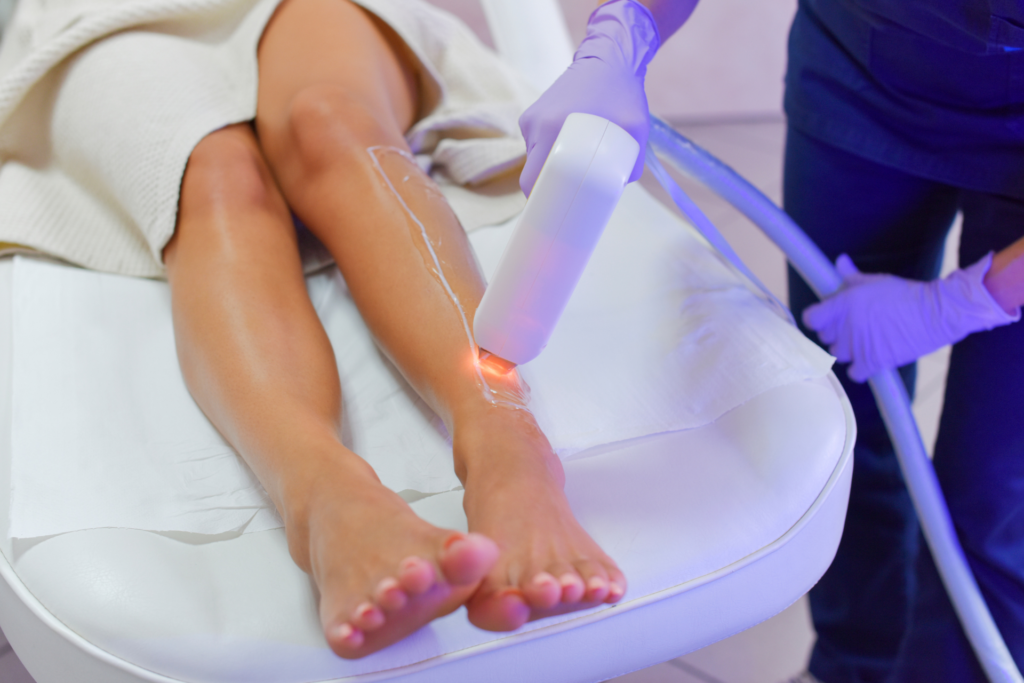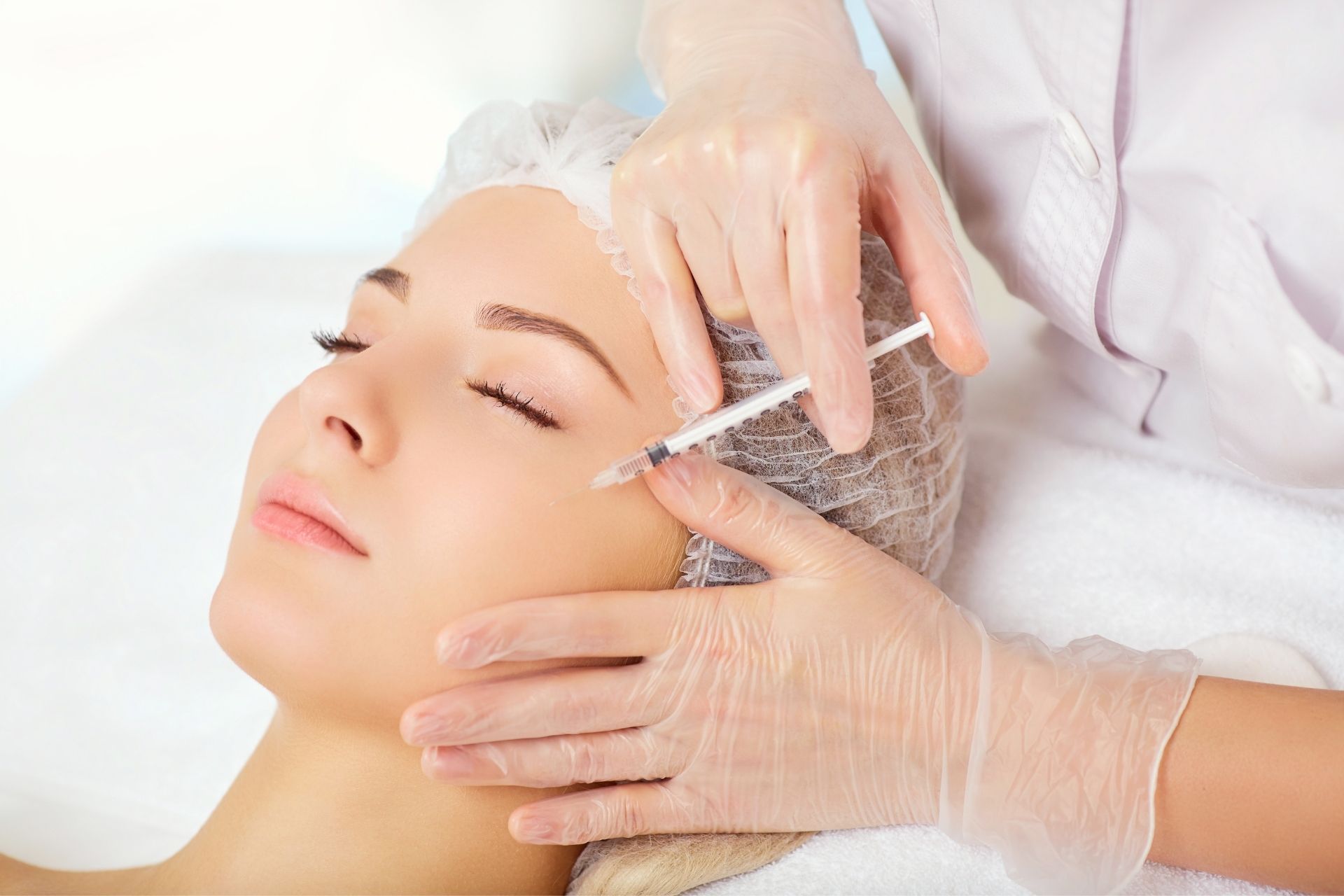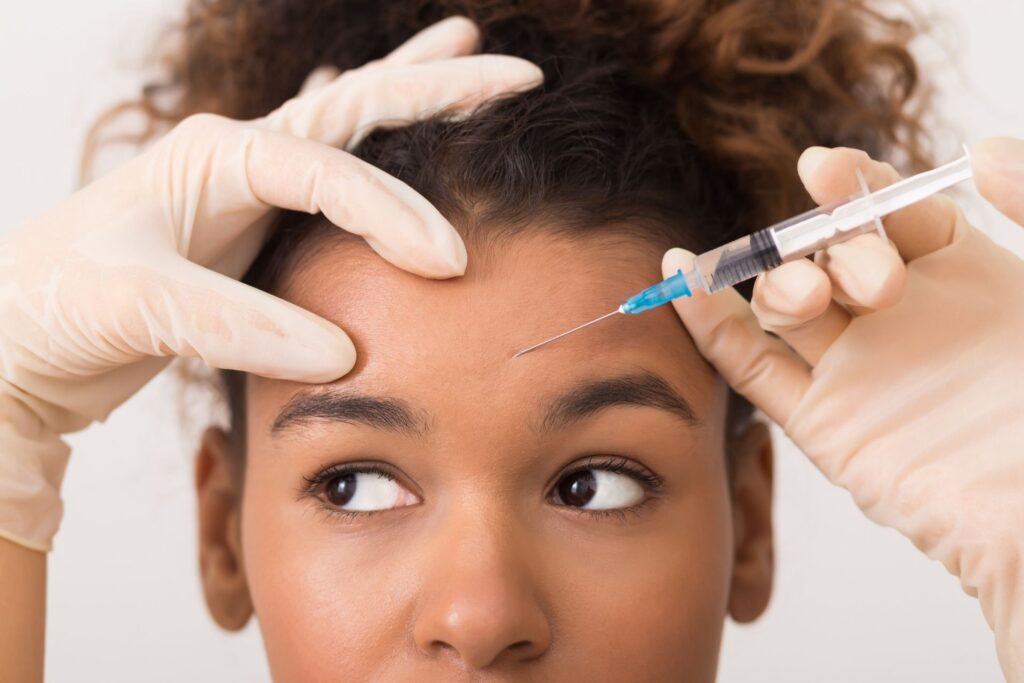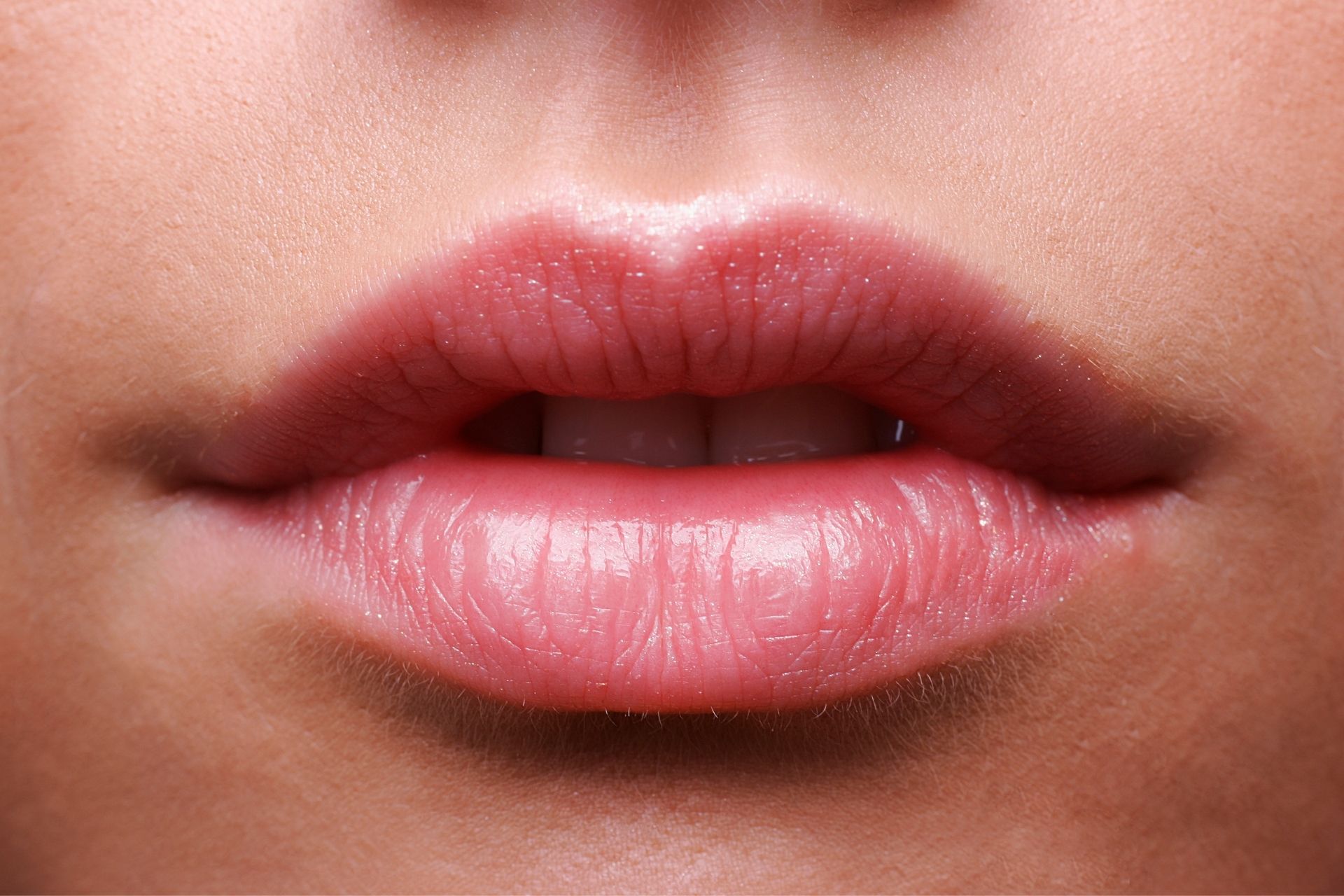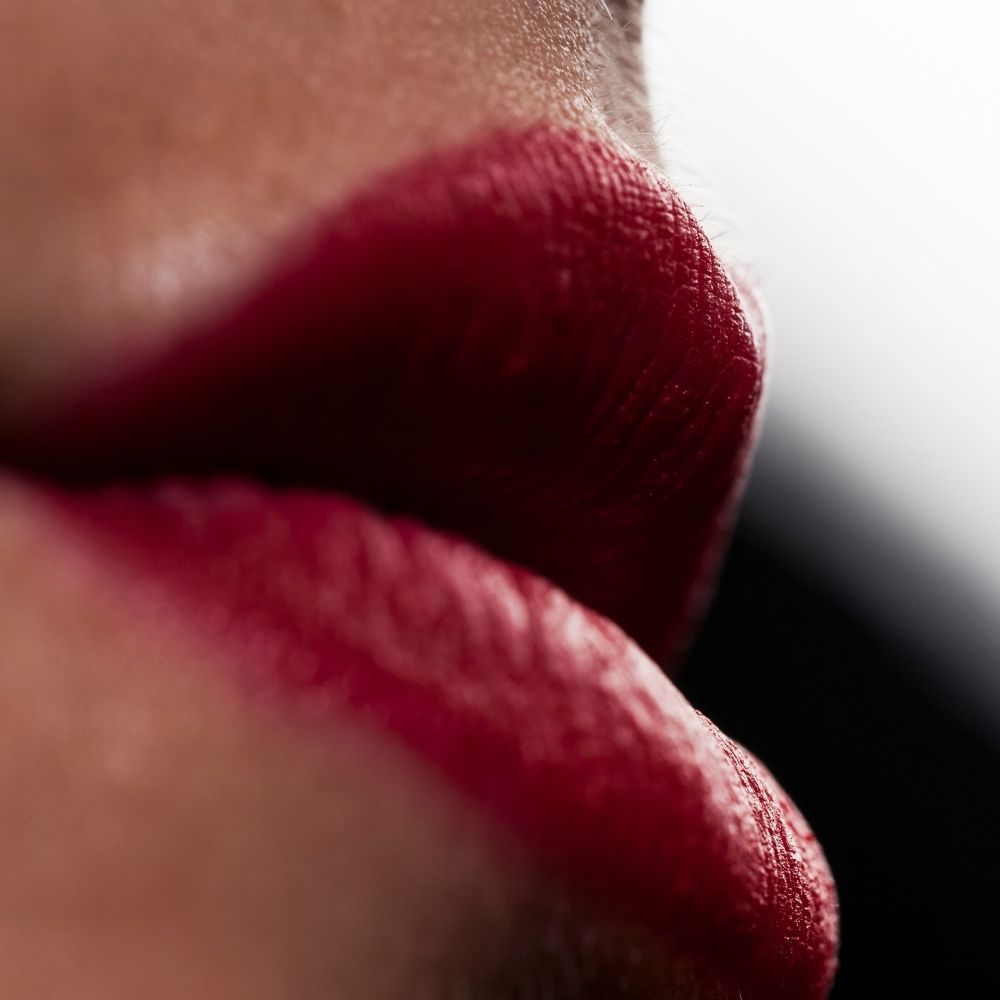Did you ever notice how your skin reacts to changing seasons? You may have noticed your skin becoming drier and flakier during the colder winter months.
Your skin can be dehydrated by cold air, dry indoor heat, and winter winds. Your skin can look drier than usual due to this. This includes your face, hands, feet, and any other exposed areas.
You can take steps to maintain healthy skin, even in the coldest months.
What signs are there of dry skin?
The most common symptoms of dry, cracked skin are:
- Flakiness or scaliness
- Redness
- Texture rough
- Itching
- Raw, irritated skin
- Cracks in Your Skin
- Stinging or burning
Xerosis is the medical term for dry skin. The severity of the symptoms and how they appear will depend on where you are affected.

How can you prevent dry winter skin?
It’s not inevitable to have dry winter skin. You can keep your skin healthy and glowing by making small changes to your skincare routine and using the right products.
Let’s look at 11 tips to improve skin health during the colder months.
1. After washing, moisturize
Your skin loses its natural oils every time you wash it, whether your face, hands, or body. These oils are essential to retaining moisture so it is important to replenish them. It is important to use a moisturizer every time you wash your face, especially in winter.
Keep a small bottle of moisturizer near your sink, and a smaller one with you for emergencies.
2. Sunscreen should be applied daily
It can be tempting to reduce sunscreen use in winter due to the lack of sunlight and shorter days. But think again. Even in winter, harmful ultraviolet light can still damage your skin’s water barrier. This is crucial for skin health and hydration.
After you have applied moisturizer, apply sunscreen every morning.
The Emollients can be used to moisturize. They can take longer to absorb into the skin because they are a heavier cream.
Applying an emollient to the skin overnight will allow it to absorb it and give it the chance to nourish your skin with the oils and moisture it requires.
Wrapping your feet in an ointment or cream on your hands and feet will prevent it from spreading to your sheets and bedcovers.
3. Modify your skincare routine
You might want to simplify your skincare routine if your skin seems particularly sensitive or irritated from the dry winter air.
Remember that toners and serums will not work well on the skin without a healthy moisture barrier.
Your skin may be more sensitive to alcohol and fragrance if it is inflamed. Products that you would normally love to use on your skin can become irritating.
Keep your skincare routine simple. Use a simple skincare routine: a moisturizer and sunscreen in the morning and a gentle cleanser at night.
You can gradually add other treatments to your skin once you are confident about your skin’s ability to maintain its moisture barrier.
5. Use a humidifier
Humidifiers add moisture to the air. This is especially useful when indoor heating is turned up during the winter months. Moisture in the air can act as a natural moisturizer, which may help to prevent or relieve skin dryness.
Harvard Health Publishing states that a humidifier set at 60 percent in winter can help replenish moisture in your skin’s top layer.

6. Reduce the temperature
It can be very soothing to take a hot bath or shower at the end of a cold winter day. You may need to keep the water temperature at lukewarm to maintain skin health.
According to the Exfoliation is a method that removes dead skin cells from your skin’s surface. It can keep your skin smooth and bright. It is possible to exfoliate your skin too often, or with the wrong products.
You may prefer a gentle chemical scrub to a traditional physical scrub if your skin is dry or flaky. Larger particles and scrubs that are harsher may cause skin damage and break down the moisture barrier.
Exfoliating your skin until it has healed from irritation, cracks, or raw skin may not be a good idea.
7. Consider adding occlusives into your daily routine
We mentioned earlier that emollients can be used to smoothen and repair the skin’s barrier. If you feel that the emollients aren’t enough to treat your dry skin, then you might consider adding occlusive ingredients to your skincare regimen.
Occlusive substances act as a physical barrier that locks moisture in your skin. Occlusive ingredients can be described as:
- Shea butter
- Cocoa butter
- Rosehip oil
- Jojoba oil
- Petroleum jelly-based products such as Vaseline or Aquaphor
Apply these products once or twice daily after moisturizing. This is the best way to incorporate them into your daily routine.
8. Hydrate from the Inside
A key step in keeping your skin glowing and healthy is to stay hydrated throughout each day. Insufficient fluid intake can lead to a dry skin appearance and make your skin more vulnerable to drying out.
You may want to eat foods rich in antioxidants, and high-quality omega-3 fatty acids.
These nutrients protect cells from damage by the environment and can help you make healthy cells, such as skin cells.

9. Choose non-irritating fabrics
Avoid wearing any harsh products when trying to solve skin problems. Dry skin is no exception. To reduce irritation, wear loose, comfortable, natural fabric if your skin is dry.
Avoid regular detergents when washing clothes. You should look for detergents that are gentle on sensitive skin. They will be less likely to contain harsh chemicals or fragrances.
10. Use gloves
Gloves provide the ultimate barrier against any environmental agents that could dry out your skin.
Warm gloves are recommended for protecting your hands when you step out in the cold, and silicone gloves should be used when washing dishes.
You can keep your hands hydrated by limiting the amount of dry air and hot liquid that touches your skin.
How to visit a doctor
Although there are many home remedies that can be used to combat dry skin, you should consult a doctor if your dry-skin symptoms persist or worsen.
They can make recommendations for prescription and over-the-counter treatments that are tailored to your specific symptoms.
The bottom line
Winter can cause dry and flaky skin. This affects not only your face but also your hands and feet.
You can keep your skin healthy by moisturizing your skin with the right products. You should also be gentle with exfoliating scrubs and hot water.
Wearing non-irritating gloves and fabrics, as well as staying hydrated, can help protect your skin.
You should consult your healthcare provider if your dry skin persists despite your efforts to improve it at home.
